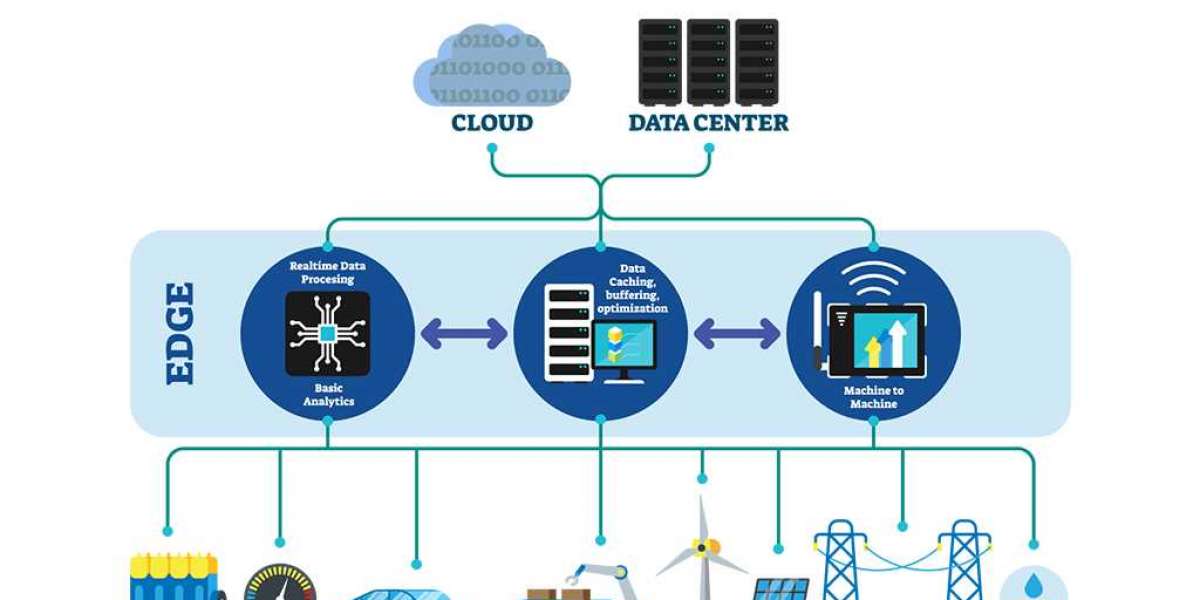Plasmodium falciparum, the parasite responsible for severe malaria, employs intricate mechanisms to evade the immune system. Recent studies have focused on immunoglobulin M (IgM) to uncover how the parasite hijacks host IgM to avoid immune attacks. This article explores the polymerization mechanism of IgM, its structural characteristics across different organisms, and the detailed process by which P. falciparum exploits IgM. Additionally, it discusses the implications of these findings for vaccine development and therapeutic strategies.
IgM: Structure and Function
IgM primarily exists in a pentameric form, with each pentamer composed of five IgM monomers linked by the joining (J) chain. This structure grants IgM up to 10 antigen-binding sites, enhancing its ability to recognize and bind antigens and effectively activate the complement system to boost immune responses. For P. falciparum, this property of IgM should theoretically aid in its recognition and elimination. However, the parasite exploits IgM's polymerization mechanism for immune evasion. By binding its surface antigen PfEMP1 to host IgM, P. falciparum forms a pseudocapsule that effectively masks the parasite's true antigens, reducing the immune system's ability to recognize and attack it. Although IgM typically enhances the immune response through its multivalent binding sites, P. falciparum's strategy of hiding behind this mechanism renders IgM less effective.
Structural Characteristics of IgM
Comparative studies on IgM across different organisms provide valuable insights. For instance, fish IgM also exists in a pentameric form, but there are differences in glycosylation and membrane-binding properties. Understanding these fish IgM structure variations can help elucidate the function of IgM in various species and how these structures influence immune evasion mechanisms.
Mechanism of P. falciparum Hijacking IgM
P. falciparum employs several strategies to evade the host immune system, with hijacking host IgM being a crucial tactic. The parasite leverages IgM's structural characteristics to conceal itself, thus reducing immune system attacks.
Role of PfEMP1 Protein
The surface antigen PfEMP1 of P. falciparum binds to IgM on host red blood cells. PfEMP1, a highly variable surface protein, enables the parasite to form a pseudocapsule by binding with IgM, thereby reducing the exposure of its true surface antigens.
Formation of Pseudocapsule
By binding to host IgM, the parasite forms a pseudocapsule that masks its true surface antigens. This pseudocapsule renders the parasite almost unrecognizable to the host immune system, thus reducing the risk of being cleared.
Immune Evasion
The hijacking of IgM not only reduces the exposure of P. falciparum surface antigens but also employs the masking mechanism to make it difficult for the host immune system to effectively recognize and attack the parasite. This strategy allows P. falciparum to persist in the host for extended periods, leading to chronic infection.
Implications
A deep understanding of the polymerization mechanism and structural characteristics of IgM is crucial for comprehending how P. falciparum utilizes host IgM to evade the immune system. These findings not only reveal the biological characteristics of the parasite but also provide critical insights for developing new vaccines and therapeutic strategies.
Research on IgM hijacking mechanisms can drive the development of new drugs designed to interfere with the parasite's binding to IgM, disrupt the pseudocapsule, and enhance the host immune response, thereby improving treatment efficacy.
These studies have significantly deepened our understanding of the parasite's strategies, providing an essential scientific basis for developing new vaccines and treatment methods. As research progresses, more effective strategies to combat this global health threat will likely emerge, offering hope for better control and eradication of malaria in the future.






